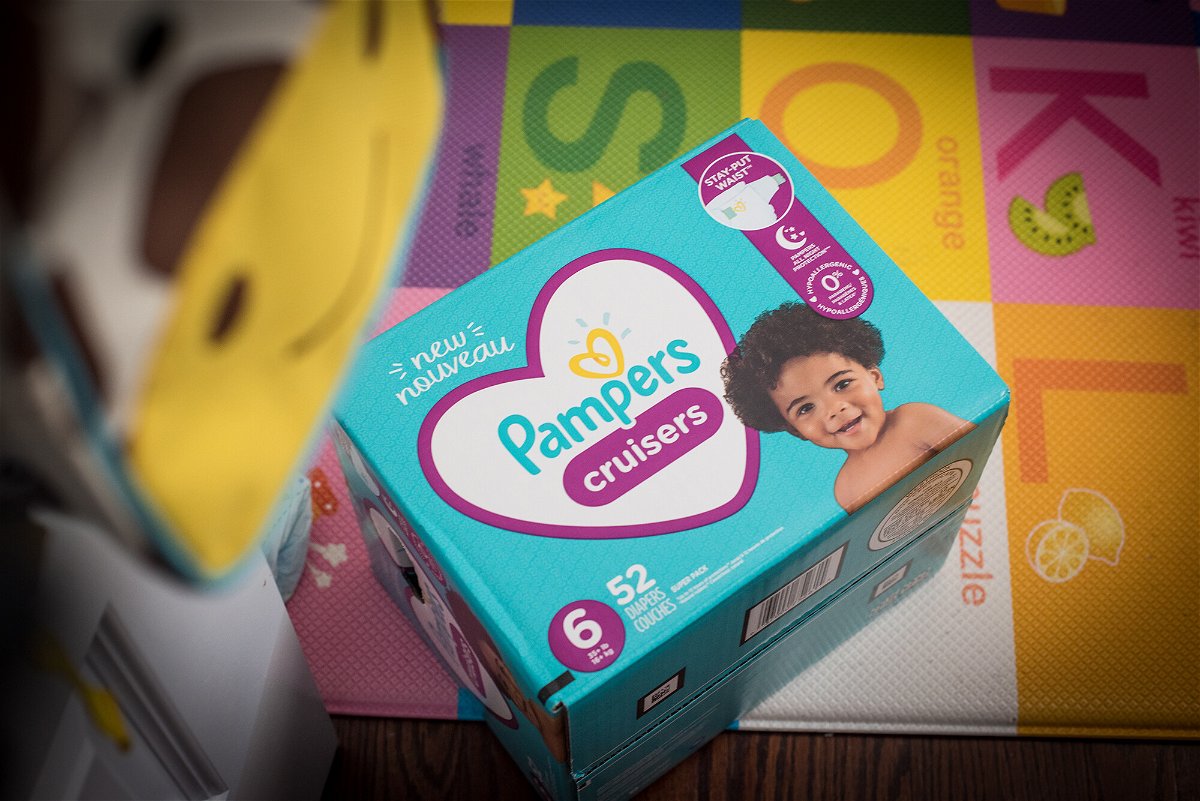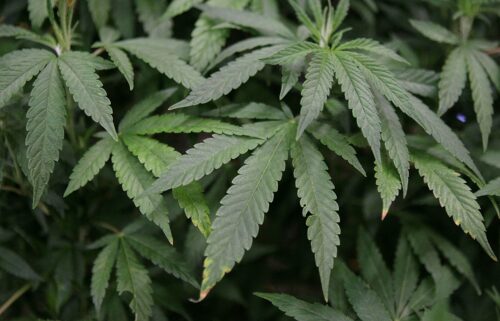Americans are ditching knock-off brands: Pampers and Hefty are back

Big brands such as Pampers have struck back against private labels in 2021.
By Nathaniel Meyersohn, CNN Business
For years, stores’ cheaper, in-house labels chipped away at the dominance of classic food and household staple brands. Not anymore.
Legacy brands have reversed their slide in 2021. Shoppers have returned to the most recognizable names on the shelves such as Pampers diapers and wipes, Simply orange juice, Starbucks coffee, Haribo candy, Hefty trash bags, Tylenol, Shark and Ninja small appliances and Dove deodorant, analysts say.
Brands with more than $6 billion in annual sales have gained a 0.3% larger share of the market this year, according to market research firm IRI, while private-label brands lost 0.5% of their share. This is the first time this has happened since IRI started tracking such data in 2016.
Meanwhile, medium-size brands with under $1 billion in sales stagnated. Small brands under $100 million in sales gained 0.1% of market share.
Although those numbers seem puny, any incremental gains in the nearly $1 trillion consumer packaged goods sector could make or break a company’s year.
Big name brands are edging out private labels and other rivals thanks to a host of factors — supply chain advantages, shoppers returning to trusted choices during the pandemic, private label growing more expensive, and brands’ hard-learned lessons on how to fight back against cheaper options, according to companies, industry analysts and experts on consumer behavior.
Consumers are also cooking, snacking and cleaning up more at home, and many are showing a willingness to pay higher prices for food and essentials. It helps that wages are rising and many households still have extra savings built up from traveling less and reducing spending for other services since the pandemic started, giving them more flexibility to buy pricier items at stores.
But it’s uncertain how long the power brands’ comeback will last as grocery prices surge and consumers seek out budget choices again.
‘Big brands are winning’
Private label products lost 3.3% of their share of the baby wipes market to big brands for the 52 weeks ending October 9 compared with the same stretch a year prior, according to Jefferies, which tracks private label sales and market share using Nielsen data.
During this stretch, private labels also lost 2.6% of their share in diapers, 1.3% in pain medication, 1.8% in vitamins and supplements, 0.8% in housewares and kitchen appliances, 0.5% in garbage and lawn bags, and 0.6% in dog and cat treats.
“The news is big brands are winning,” declared Colgate-Palmolive CEO Noel Wallace on an earnings call last month. Top executives at Clorox, Tide-maker Procter & Gamble, Mondelez, which makes Oreos, and Church & Dwight, the manufacturer of Arm & Hammer, have expressed similar messages in recent weeks.
The trends mark an abrupt shift from stores’ private labels cutting into top brands’ strength since the 2008 recession.
Big brands have since sharpened their strategies to address vulnerabilities, said David Garfield, head of the consumer products practice at consulting firm AlixPartners. They have ramped up their offerings for more affordable versions and sizes of premium products to reach budget-conscious customers — a departure from past practices of only innovating and then raising prices,
The supply chain crisis has highlighted legacy brands’ advantages over private label rivals. Size was often seen as a burden before the pandemic, and giant companies were slow to react to rapidly changing consumer tastes. But big brands’ deep pockets, scale and importance to retailers have become assets when supply is so constrained.
“All of a sudden, scale matters and redundancy matters,” said Rob Wilson, a managing director at L.E.K. Consulting who advises consumer goods’ manufacturers. “On the supply side, being big and being able to get products on the shelf became critical.”
Many private-label brands have faced trouble staying in stock in the pandemic — more than traditional brands, analysts and companies say. Manufacturing different private-label brands under dozens of store banners is typically more complicated than producing only a single brand — say Tide — for all retailers.
Retailers have been simplifying selection on shelves and focusing on keeping their most popular items in stock. That benefits manufacturers with well-known products that draw customers to stores, say analysts. That comes at the expense of private label brands, said Kevin Grundy, an analyst at Jefferies.
When does the party end?
Consumers traditionally turn to private-label brands when prices rise. But prices are going up for private-label items, too.
On its earnings call Monday, private-label manufacturer TreeHouse Foods said that its prices increased 3% during its latest quarter from a year earlier and will go up by 4% to 5% during the final stretch of 2021.
Companies have also cut back on innovations and adventurous flavors to focus on producing enough of their primary products, leaving customers with fewer options to explore.
In times of disruption, “the trust factor becomes so much more important” for shoppers, said Z. John Zhang, a marketing professor at the Wharton School of Business who studies pricing and consumer decisions.
“Demand for quality brands and products go way up, and fringe brands feel the cracks. Chaotic stuff is going on in consumers’ lives. They don’t want to have more,” Zhang said.
But it’s too soon to tell whether legacy brands’ gains this year are a short-term reversal based on pandemic habits or a lasting trend.
As supply chain and labor pressures ease up, “you’ll see private label start to make a comeback,” said Wilson from L.E.K. Consulting.
And as prices continue to soar — IRI projects that inflation on food and beverages will jump to 8% during the first half of 2022 — that may push consumers to tighten up their wallets and seek out cheaper private labels.
“People are going to trade down,” said Krishnakumar Davey, IRI’s president of strategic analytics.
The-CNN-Wire
™ & © 2021 Cable News Network, Inc., a WarnerMedia Company. All rights reserved.




